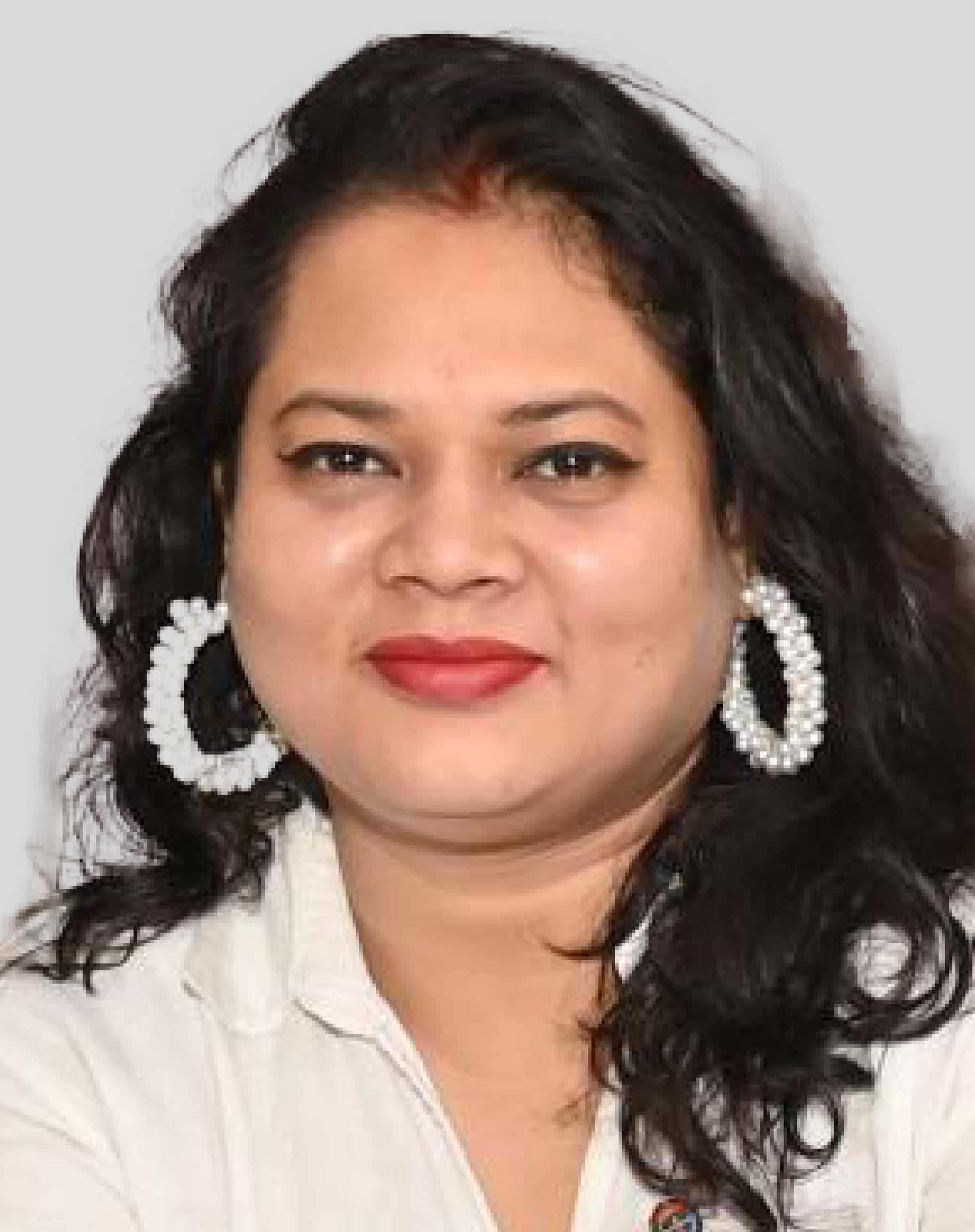The Least Developed Countries Fund (LDCF) and Special Climate Change Fund (SCCF) have decided to deploy $63 million to the five climate-vulnerable countries. The decision was made after a meeting of the Global Environment Facility-managed funds in Brazil.
In its 34th meeting, the LDCF/SCCF Council has approved six projects to boost climate resilience in these countries, which include Bhutan, Cabo Verde, Comoros, Djibouti, and Zambia, in line with the funds’ strategy to target the unique adaptation needs of Least Developed Countries and vulnerable island nations.
Council Member Collin Beck of the Solomon Islands said this was a good example of how targeted support to small island states can yield significant dividends.
“Climate change is a global challenge, but climate adaptation solutions are not applicable everywhere. It is very positive for us to see the needs and experiences of SIDS given dedicated attention through this work program,” Beck said.
Why only to vulnerable countries?
According to the article, published earlier this year on Geospatial World, a new report from the UN Office for Disaster Risk Reduction (UNDRR) and the WMO published last year warns that half of the world’s countries are not protected by multi-hazard early warning systems (MHEWS).
The report shows that less than half of the Least Developed Countries (LDCs) and only one-third of Small Island Developing States (SIDS) have MHEWS, and the countries with limited early warning system coverage have eight times higher disaster mortality than those with high coverage. With the launch of the EWS plan, the UN believes it has taken the right step to protect the lives and livelihoods of vulnerable communities.
Half of the countries around the globe do not have EWS is place, and even fewer have regulatory frameworks to link early warnings to emergency plans. Coverage is worst for countries on the front lines of climate change, namely the world’s LDCs and SIDs.
Hence, this move is to make these countries economically strong and climate resilient.
How will LDCF help?
The work program includes the first disbursement from a new window for Small Island Developing States (SIDS) within the SCCF which, along with the LDCF, was set up in 2001 to help developing countries prepare for and respond to the impacts of climate change. The LDCF is the only global fund that offers support exclusively to Least Developed Countries.
The support to Cabo Verde from the SCCF will help the residents of Santiago, the largest island and major agricultural hub of the West African archipelago nation, to shore up natural defenses against climate effects while increasing food security.
The dedicated SIDS funding window was central to the GEF climate funds’ strategy for scaling up support to the world’s most climate-vulnerable countries, in line with an agreement at the Glasgow climate summit in 2021 to at least double the flow of adaptation finance to developing countries.
Additionally, as part of the work program agreed upon in Brasilia, the LDCF/SCCF Council approved $20 million of grant funding each for Djibouti and Bhutan. This is the total amount of funds that Least Developed Countries can access from the LDCF during the 2022-2026 period – double the amount that was available in the previous four-year funding period.
“These unique funds not only help empower these individual countries, but they also help fill urgent needs,” said Nepal Council Member Arjun Prasad Pokharel. “This is extremely important even as we continue to need to scale up climate adaptation funding overall.”
Improved planning for water accessibility
The Djibouti project will address the increasing occurrence and severity of floods and droughts by improving water access in rural communities, and providing greater livelihood security.
The project in Bhutan will improve planning in two urban areas, where a quarter of the country’s population lives, against encroaching climate effects such as flash floods, landslides, and storms. The Bhutan project is particularly significant as the country prepares to graduate from Least Developed Country status.
Responding to guidance from the UN Framework Convention on Climate Change, the LDCF is working to facilitate the smooth transition of countries whose economic growth means they are no longer in the Least Developed category. The GEF-managed fund is also committed to “leave no LDC behind” in delivering targeted climate adaptation support to the world’s most vulnerable countries and their people and ecosystems.
Newly approved LDCF financing for Zambia will reduce the vulnerability of communities and ecosystems in the country’s central and southern provinces through sustainable land management and efforts to support climate-resilient livelihoods. The Comoros project will reduce the vulnerability of coastal communities by scaling up ecosystem-based climate adaptation activities, also known as nature-based solutions.
Finally, a global project managed by the United Nations Industrial Development Organization (UNIDO) and combining LDCF and SCCF is designed to show how the private sector can be effective in generating climate adaptation solutions, which the UN has identified as key to unblocking the large scale investments needed for climate adaptation. This initiative will showcase innovative ideas from initiatives within the GEF’s Challenge Program for Adaptation Innovation, which provides financial incentives to selected technology and private sector innovators.
The GEF’s climate adaptation funds provide support in a way that is designed to create synergies with other sources of finance, such as the GEF Trust Fund and Green Climate Fund.
Council members also expressed support for a series of regional workshops the GEF is holding in climate-vulnerable countries to enable them to develop strong pipelines of high-impact climate adaptation projects.
Reflecting on the most recent workshop held in Senegal, Madeleine Diouf Sarr, Chair of the Least Developed Countries Group in the UN climate process, said: “It is important that countries most impacted by climate change can learn from each other through shared practical experiences provided by such regional gatherings. We look forward to future similar opportunities to share knowledge with other countries as we seek to manage climate change and build a more sustainable future.”
ALSO READ: Why the Need for Early Warning Systems for All on a Mission Mode?









